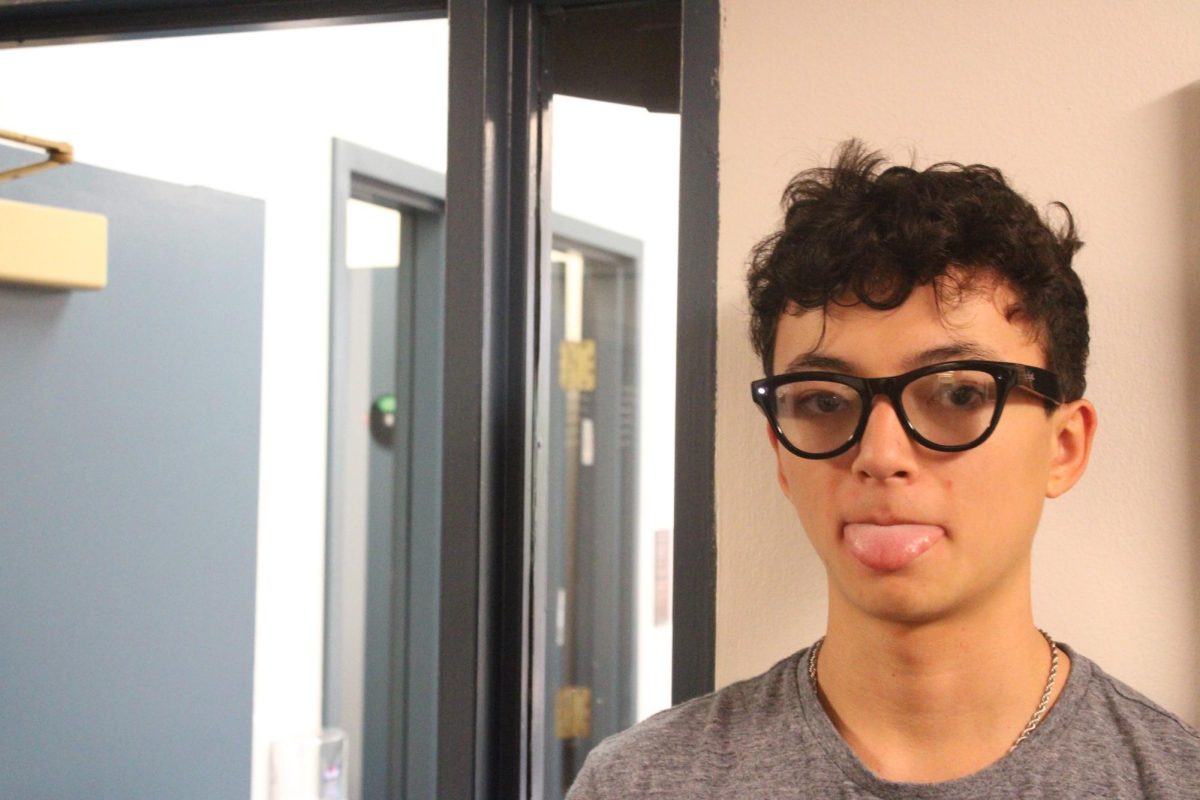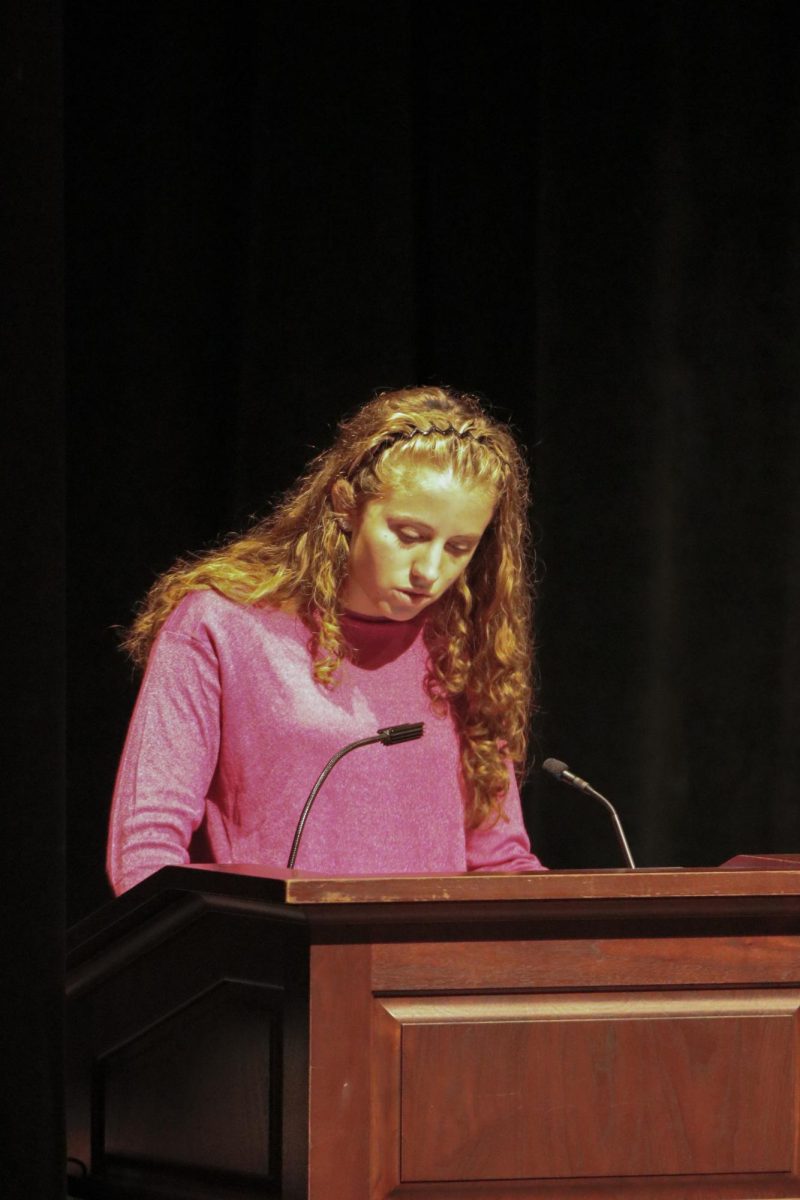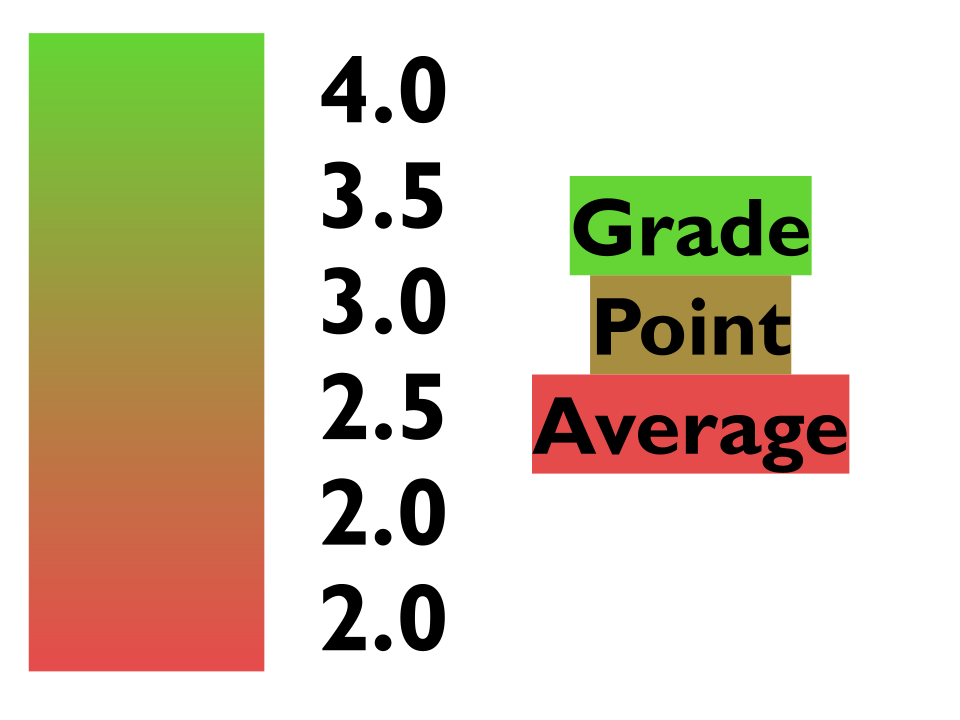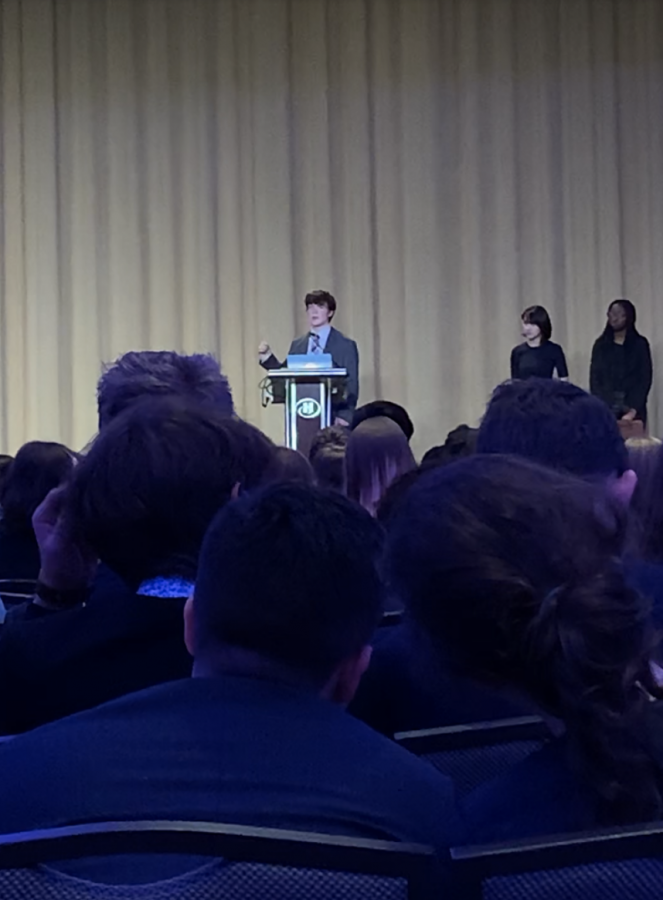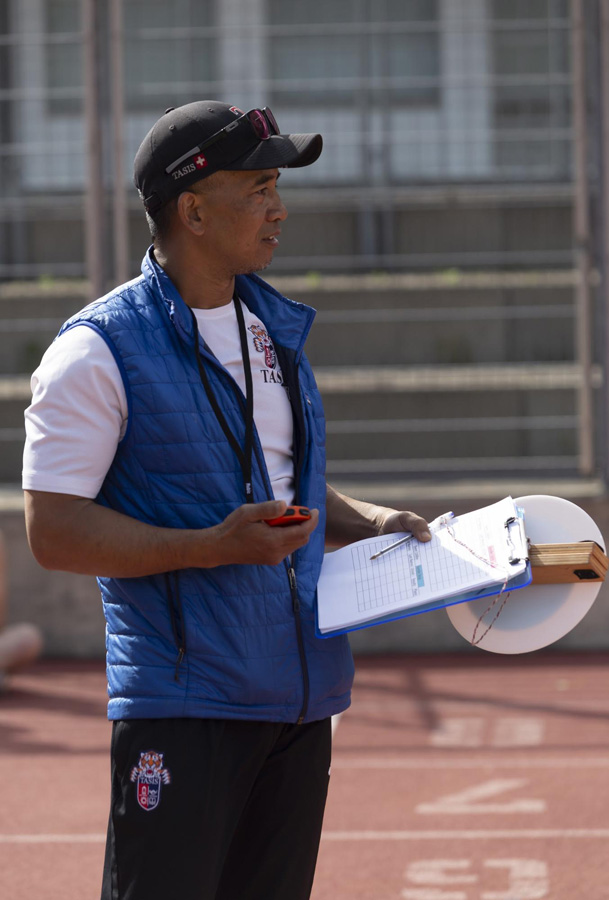Journal of Paris, Franklin jokingly averred that people could preserve candle wax if they woke early in the morning to reap the benefits of natural light. It was conjectured that during Franklin’s time,100,000 Parisian families used half a pound of candle wax per hour, and would use one candle for an average of seven hours a day. “183 nights between March 20 and 20 September times 7 hours per night of candle usage equals 1,281 hours for a half year of candle usage,” wrote Franklin in his essay. “Multiplying by 100,000 families gives 128,100,000 hours by candlelight […] An immense sum that the city of Paris might save every year.” Although Franklin was not able to directly enforce this change via his satirical essay, his proposition caused people to wonder if they were, in fact, sleeping for too long. It wasn’t until 1895 that someone was able to relay Franklin’s proposition in a way that the world would hear him. George Vernon Hudson, an entomologist from New Zealand, is recognized by the majority of historians as the true creator of DST. Hudson pitched his idea to shift the clock forward two hours in October and backwards two hours in March to the leaders of New Zealand who promptly dismissed it. Similar to Franklin, Hudson believed that time should be shifted forward in the summer in order to utilize the daylight and back in the winter, which saw less daylight and less time spent outside. World War I was the impetus for Germany to become the first country to use DST, in order to save fuel and use less artificial light. The rest of Europe quickly caught on, and in 1918, under the Presidency of Woodrow Wilson, America adopted DST. The legislation wavered as America went in and out of war until President Roosevelt made it consistent and year-round in 1942—to this day, all U.S. states observe DST except Hawaii and Arizona. Since 1942, DST has been subjected to minor changes. But in our current age of soaring technological advancements and growing modernization, many question the prevailing necessity for DST. We certainly don’t need to preserve candle wax anymore, and in the time of war, we have ample supplies to substitute for natural daylight. Also, while many expect DST to save energy, a survey by the U.S. Department of Transportation conducted in the 1970s yielded that the average American only saved 1 percent on his/her electric bill. So should we entertain this archaic tradition? There is a controversy in practicing DST in our modern time because it has considerable health effects. The first obvious effect is that it screws up our sleeping patterns. When there is a change in time, our circadian rhythm, a system that regulates our fatigue and alertness, is disrupted. Since light dictates how much melatonin we produce, a change in the lighting outside can mess with our sleeping patterns; when it is bright we produce less melatonin, and when it is dark we produce more melatonin. Consequently, in the Spring, when we lose an hour, we are much drowsier during the day, and in the Fall, when we gain an hour, we have trouble staying up that extra hour at night. Even after the transitionary day, sleeping patterns are disrupted. A study in Neuroscience Letters analyzed the changes in circadian rhythm of 65 people following the DST transition. There was a direct disruption in the sleeping pattern of these people for up to 5 days after the transition, and they experienced frequent insomnia and changes in mood. Insomnia leads to sleepiness during the day, which leads to a lack of productivity in school or at the workplace. Studies have also shown that the number of car accidents and heart attacks increase during the “Spring forward.” An analysis from Chmura Economics and Analytics also pins steep economic repercussions on DST. The health effects induced by DST are thought to cost 434 million dollars in the United States every year. Latin students certainly concur with these claims on DST. A sophomore put it very bluntly: “daylight saving [in the Spring] sucked.” She continued to say, “Losing an hour of sleep put a bad start to the whole week. I would rather have it be dark in the morning than have it get dark at 4 and be really lethargic because of it.” The DST-induced lethargy in the spring was especially hard for us Latin students because it coincided with the notoriously difficult third quarter. “I had several major tests the week of daylight saving time [in March].” said sophomore Madeline Cohen. “The clock change really messed up the sleeping patterns I had spent months falling into. I found it hard to fall asleep when it took so long to get dark out and even harder to wake up when it suddenly wasn’t light out in the mornings.” Madeline said that even after March 8th, she could feel “the domino effect of daylight saving time.” But, more than anything, Madeline just felt “off balance.” While the opposition of DST seems strong and convincing, there are still many who argue that it should be observed; after all, it is a tradition that was sparked in the 18th century. So what can we do to cope with DST? When our clocks “spring forward,” the only thing that we can do is hit the hay an hour earlier the night before and drink coffee in the morning. And at night, much like dealing with jet lag, we just have to push through that last hour before we can go to sleep. As for when we “fall back”… Well, just enjoy the extra hour of sleep.]]>
Categories:
Daylight Savings Time: How Are Students Affected?
April 5, 2015
0
More to Discover

